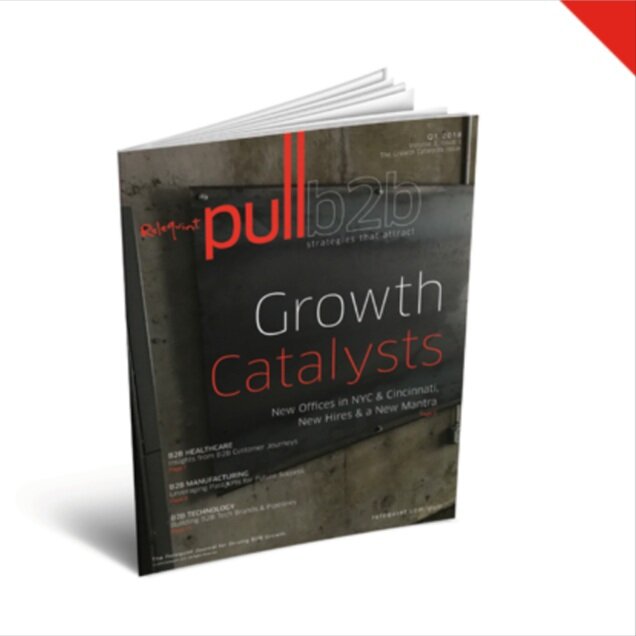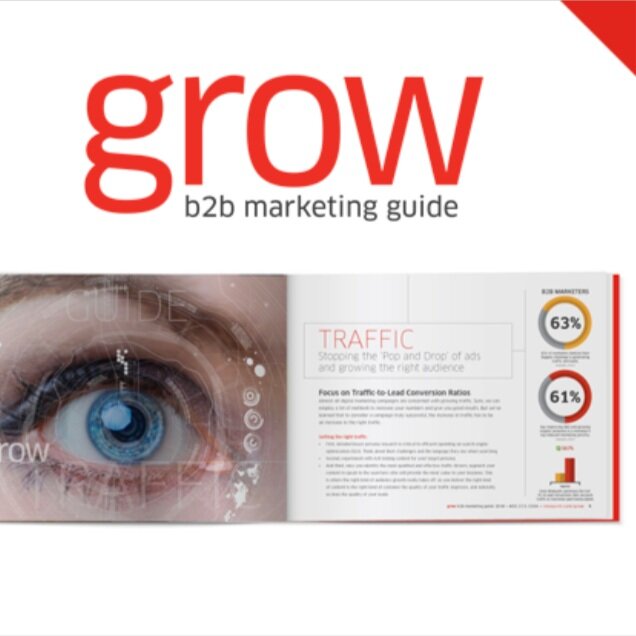Anyone utilizing inbound marketing campaigns knows content is the linchpin of any strategy. It offers something of value to customers in exchange for their interest, whether that value is informational or diversionary. Effective content marketing galvanizes an existing customer base and brings new people into the fold.
But content also serves as a good measuring stick in a world driven by analytics and data. Where once content marketing was about throwing a constant—if not all that focused—stream of blog posts at the wall to see what stuck with visitors, we now use a wider array of content to gauge the reach and resonance of our efforts and adjust them accordingly.
Integral to the inbound process is a constant cycle of improvement that comes from gleaning actionable insights from your content’s performance. Here are four questions to ask yourself to assess how your well your own content is guiding your inbound marketing strategy.
 1. Do you really ‘get’ your customers?
1. Do you really ‘get’ your customers?
Content resonance is pretty straightforward—take an article or video and measure how many people shared it on social media and how many visitors it brought to your website. Use that data to learn more about your customers and what specifically resonates with them.
If pieces of content you expected to gain social traction aren’t doing so, it’s time to reassess your buyer personas. It could be that they are not specific enough, resulting in content that isn’t focused enough to generate engagement, or that they’re too focused on the wrong things. Updating personas isn’t just for recalibrating your content’s topics and tone; it also serves to inform how to approach your future strategy.
2. Are you supporting brand advocacy?
Your group of social media followers includes a subset of the true fans of your brand, the people who like your company well enough to freely recommend it to others without much or any prompting. These influencers pack more punch than average social media users and can greatly amplify your inbound efforts.
As a marketer chasing impressive earned media value, you must factor in the best tool for supporting, encouraging and incentivizing your most active followers so they can bring more people to your brand. Cater to the best of the bunch. Analyze the topics they respond to, the social platforms they prefer and the forms of content that resonate best with them to develop a plan for how to leverage their amplification power and orient your future inbound campaigns.
3. Are you wasting time on the wrong channels?
Social listening is a refreshing concept—brands now understand the immense value of what users are saying about them both on their brand page and to one another. What social media chatter is saying about your brand can teach you the good and the bad of your content strategy, but if all you’re hearing is crickets on a specific platform, it’s time to reassess your presence there.
Some companies have products or services meant to be shown off in a visual medium. For them, supplementary channels like Pinterest or Instagram can boost their overall reach. But not every platform is relevant for every company, and it’s important to recognize those which are non-starters before they end up costing you too much in the long run. Diligently measuring a piece of content’s response across individual social media platforms will tell you whether to improve your strategy there or, perhaps, abandon it.
4. Are those all-important conversions happening?
Potent content is never a standalone concept; it points to something relevant and urgent. Content is meant to make a person feel better for having encountered it, and calls-to-action serve to tie their fulfillment to your brand.
To implement a thorough content marketing strategy, use different pieces to motivate people at different points of the sales process. Not every article or video is meant to directly lead to a sale, but you should tailor certain posts for that purpose.
By segmenting your content into categories into the desired result (email signup, improved brand awareness, closed sale, etc.), your analysis will be more thorough and your conversion rates will mean more than if you simply compare them to the entirety of the content produced. Use that analysis to refine how you entice people in your content and determine whether a heavier or lighter touch is required in your content’s tone. ![]()







 By
By 